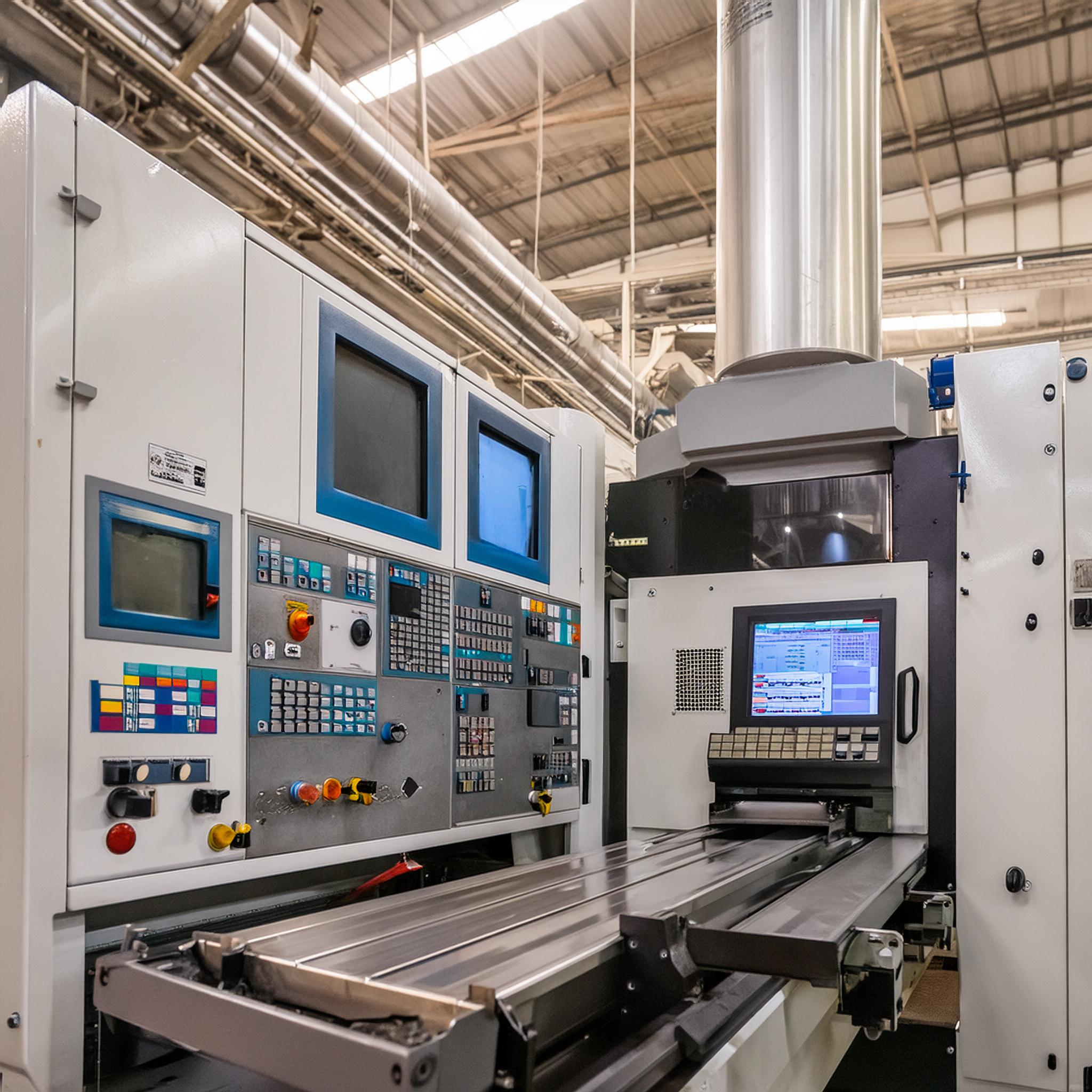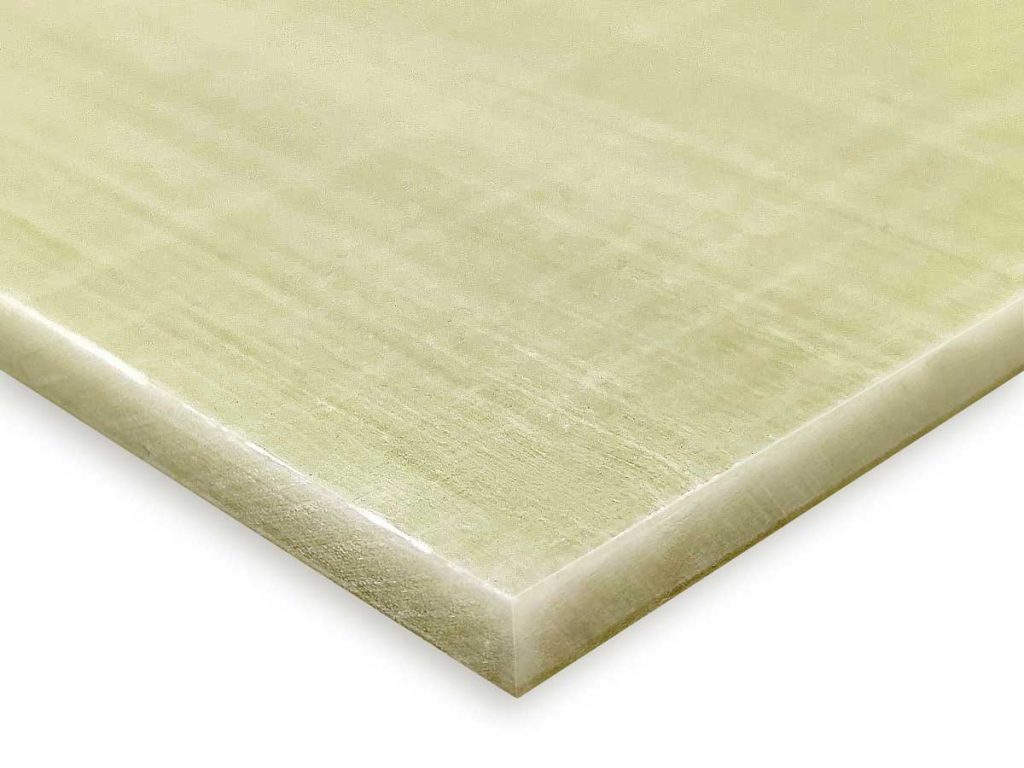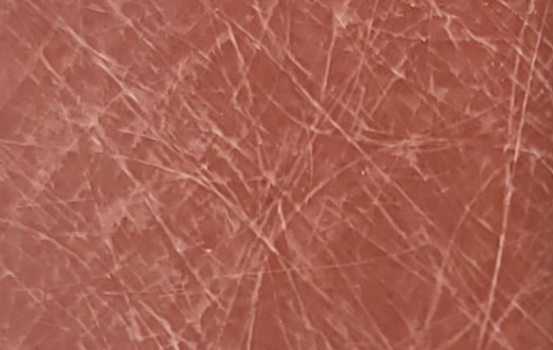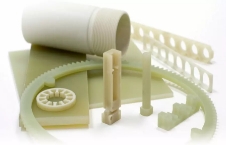
You may also be interested in Atlas Fibre’s Glossary of Thermoset Composites
There are many things to learn and understand about how thermoset composites and plastic composite materials are manufactured. From the different grades, shapes (sheets, tubes, and rod), and properties, to how they are used in the real world, it’s almost enough to make you switch to a lesser metallic alternative (but not quite).
If you’re new to thermoset composites, let Atlas Fibre be your guide to a deeper understanding of how these essential materials are made. Walk through the basics of the manufacturing process and discover why thermoset composites are the preferred choice in so many industries today in part one of our series on getting started with Thermosets.
Whether you are a hobbyist, an engineer, or simply curious, you’ll gain valuable insights into, and practical knowledge for, getting started with this valuable material.
Thermoset Material Overview
Thermoset laminate composites are materials made by combining a thermoset polymer resin with reinforcing fibers like glass or carbon, creating a cross-linked infusible solid material with bonds that, effectively, last a lifetime. These bonds are formed by curing the resin through a chemical reaction, typically initiated by heat or a catalyst, causing a natural cross-linking between the polymer chains. This curing process is permanent, rendering the material incapable of being reshaped or melted once cured.

The Grades of Manufactured Thermosets
There are several different approaches to manufacturing thermoset composite materials, but the quality (e.g. strength and durability) comes down to how the resin, the reinforcing fibers, and the curing process come together.
Let’s explore some key points about the different grades and forms of thermoset composites to guide your selection of the right material for the ultimate application (end-use):
Resin System Types
The most common thermoset resin system are polyesters, vinyl esters, and epoxies, phenolic, and silicone. Each of these matrices can be formulated for different attributes like heat resistance, flame retardance, and chemical resistance (among others) by simply adjusting the resin chemistry.
Reinforcement Types
There are several different types of reinforcing fibers used in thermoset composites including Glass fibers, carbon/graphite fibers, aramid fibers (Kevlar), and natural fibers (Jute and cotton). Glass fibers are the most widely used as they offer a balance between cost and performance.
Reinforcement Forms
The reinforcing fibers can be used in various forms including continuous roving’s/tows, woven fabrics, chopped strands, continuous or chopped strand mats, or milled fibers. Continuous fibers provide the highest strength and stiffness, while shorter fiber forms are lower cost but have lower mechanical strength.
Material Product Forms
Thermoset composites are available in different product forms including liquid resin and dry fiber forms, prepregs (resin pre-impregnated into fiber reinforcement), bulk molding compounds and sheet molding compounds. Forms depend on the manufacturing process like high-pressure lamination, hand lay-up, compression molding and filament winding.
Thermoset composites offer a wide range of matrix resin types, reinforcement materials/forms, and product forms to tailor the properties for the intended application.
Types of Reinforcing Fibers in Thermosets
In addition to the wide range of resin types, there are also different types of fibers that are commonly used as reinforcements in thermoset composites, including:
- Glass fibers (E-glass, S-glass): Glass fibers are the most widely used reinforcement due to their good strength, stiffness and low cost. E-glass is the predominant type.
- Carbon/Graphite fibers: Carbon fibers provide very high strength and stiffness to weight ratios but are more expensive than glass.
- Aramid fibers (Kevlar): Aramid fibers like Kevlar offer high strength, stiffness and toughness. They are used when impact resistance is required.
- Natural fibers (jute, hemp, cotton): Natural plant fibers are low-cost reinforcements that can provide moderate properties.

The fibers can be used in various forms like continuous rovings/tows, woven fabrics, chopped strands, continuous or chopped strand mats, and milled fibers. Continuous fibers provide the highest strength and stiffness properties, while shorter fiber forms are lower cost but have lower mechanical performance.
The selection of fiber type depends on the required mechanical properties, cost targets, and the manufacturing process for the thermoset composite part.
Common Manufacturing Processes for Thermosets
There’s a high rate of innovation in thermoset composite and thermoplastic sector, but the common manufacturing processes for these materials include:
Open Molding Processes
Hand Lay-Up: This is the oldest and simplest method where dry reinforcement fabrics are manually placed in a mold and then impregnated with liquid thermoset resin. It is suitable for low-volume production or complex custom shapes (e.g. boat hulls, surfboards, and radomes).
Spray-Up: Chopped fibers and liquid resin are sprayed onto a mold surface simultaneously to form the composite laminate.
Closed Molding Processes
Compression Molding: A premixed compound of resin and reinforcement (called bulk molding compound or sheet molding compound) is placed in a heated mold cavity and compressed to shape.
High-Pressure Lamination: Pre-impregnated fabrics (using phenolic resins or melamine) that are compressed under high heat and pressure.
Resin Transfer Molding (RTM): Dry reinforcement is placed in a rigid closed mold, and catalyzed resin is injected under pressure to impregnate the fibers.
Vacuum Bag Molding: Dry reinforcement is laid in an open mold, covered with a flexible vacuum bag, and resin is drawn in by applying vacuum.
Autoclave Molding: The lay-up is cured under heat and pressure inside an autoclave chamber, providing high consolidation.
Continuous Processes
Pultrusion: Continuous reinforcement is pulled through a resin bath, formed in a heated die, and the cured composite shape emerges from the die.
Filament Winding: Continuous reinforcement impregnated with resin is wound over a rotating mandrel in specific patterns to form a hollow shape.
The choice of process depends on factors like part size, complexity, production volume, and required mechanical properties. Processes like RTM, compression molding and continuous methods enable higher production rates compared to open molding.
The Different Grades of Thermoset Composites
There are several grades of thermoset composites, classified primarily on the manufacturing process and the level of reinforcement used. The main grades are:
High-Pressure Laminates: These are manufactured by stacking layers of reinforcement material like glass cloth, paper, or cotton cloth impregnated with thermoset resins like phenolic, epoxy, melamine, silicone, or polyimide. The layers are then pressed together under high pressure and heat to cure the resin and form a rigid laminate.
Low-Pressure Laminates: These are made by impregnating a reinforcement material like paper or glass cloth with a thermoset resin and then curing it under low pressure. The low-pressure process is more cost-effective than high-pressure laminates.
Sheet Molding Compound (SMC): SMC is a major type of structural thermoset composite. It contains a higher percentage of reinforcement (typically 40-65% glass fibers) compared to standard SMC (10-30% reinforcement). This higher reinforcement content provides superior strength and stiffness.
Bulk Molding Compound (BMC): BMC is another structural thermoset compound, though less commonly used than SMC for structural applications. It is a premixed material containing resin, filler, glass fibers, and additives.
The grades differ in their mechanical properties, thermal resistance, and cost, depending on the specific resin system, reinforcement type (glass, carbon, aramid), and manufacturing process employed. Structural thermoset compounds like high-reinforcement SMC and BMC are designed for high-performance applications requiring exceptional strength and rigidity.
The Different Shapes of Thermoset Composites
Thermoset composites, once manufactured, are often available for distribution in different standardized forms and shapes – sheets, rods, and tubes.
These shapes allow thermosets to be used in a wide range of applications, from structural components and protective coverings to intricate mechanical parts.
The ability to mold, cut, and shape these composites into precise forms is one of the key advantages that make them suitable for so many industrial uses.
As the largest supplier of thermoset composites in North America, Atlas Fibre always has the material you need in our inventory and can ship orders placed before 1pm CT on the same day.
The Learning Never Stops in Material Sciences
Now that you’ve discovered some useful information about how thermoset laminate composites are manufactured, you’re one step closer to benefiting from these advanced materials. Learn more about Atlas Fibre’s approach to thermoset manufacturing or submit a quote request and start the ordering process today!




